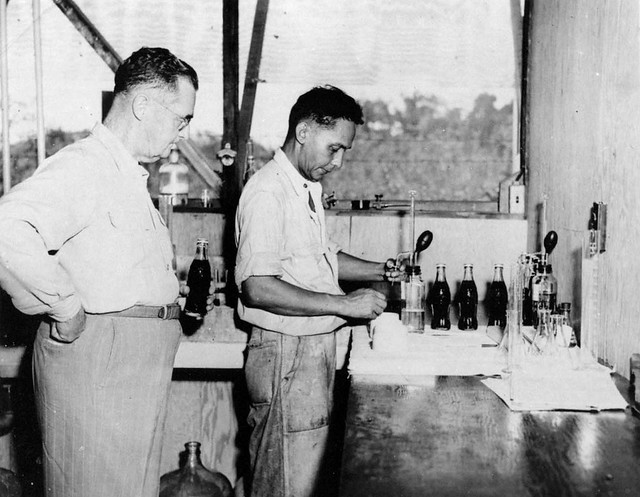SODAPOPBOB
Well-Known Member
- Joined
- Mar 10, 2010
- Messages
- 11,502
- Reaction score
- 49
- Points
- 0
PS ~ PS
Also check the bases/bottoms of the bottles, especially the post 1951 examples. You will likely find makers marks there as well.
Also check the bases/bottoms of the bottles, especially the post 1951 examples. You will likely find makers marks there as well.




